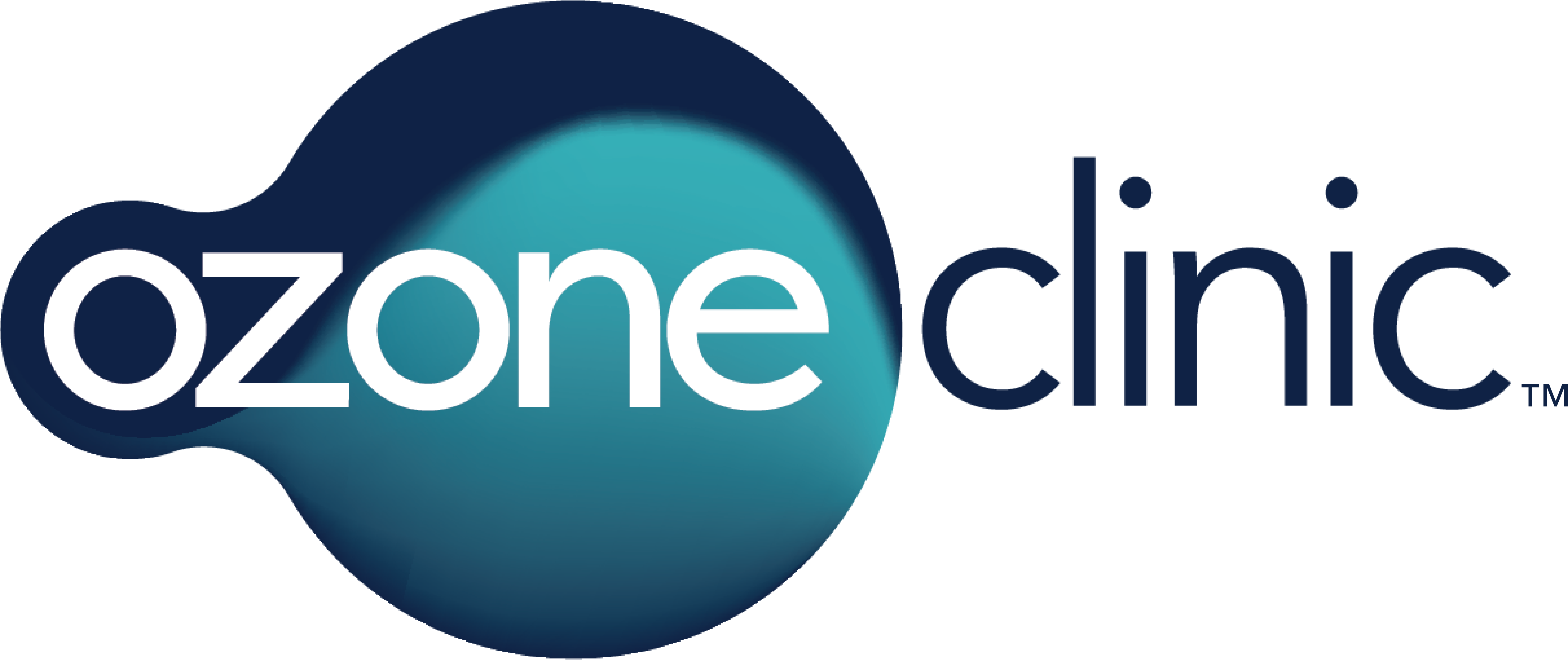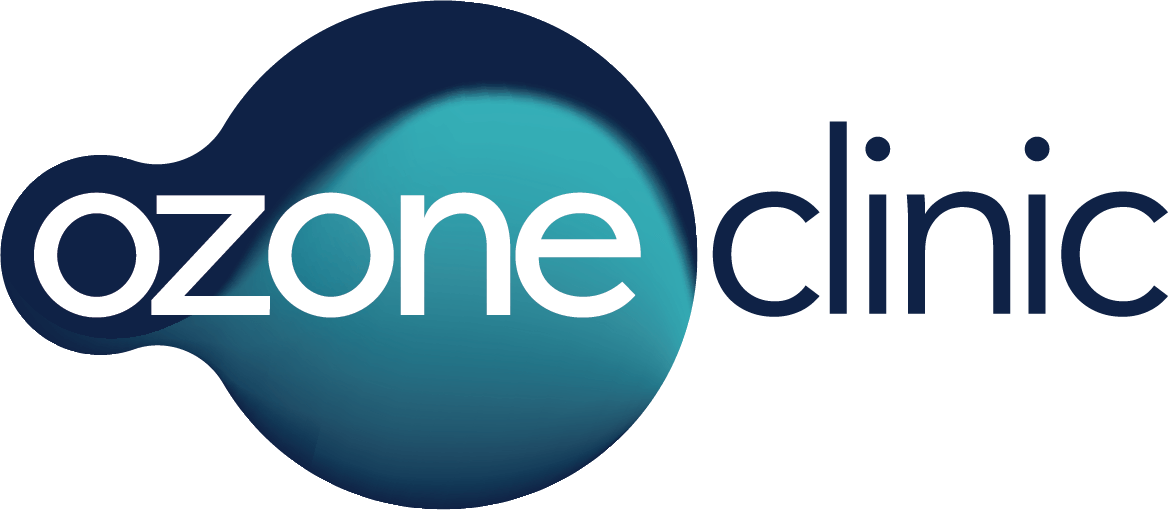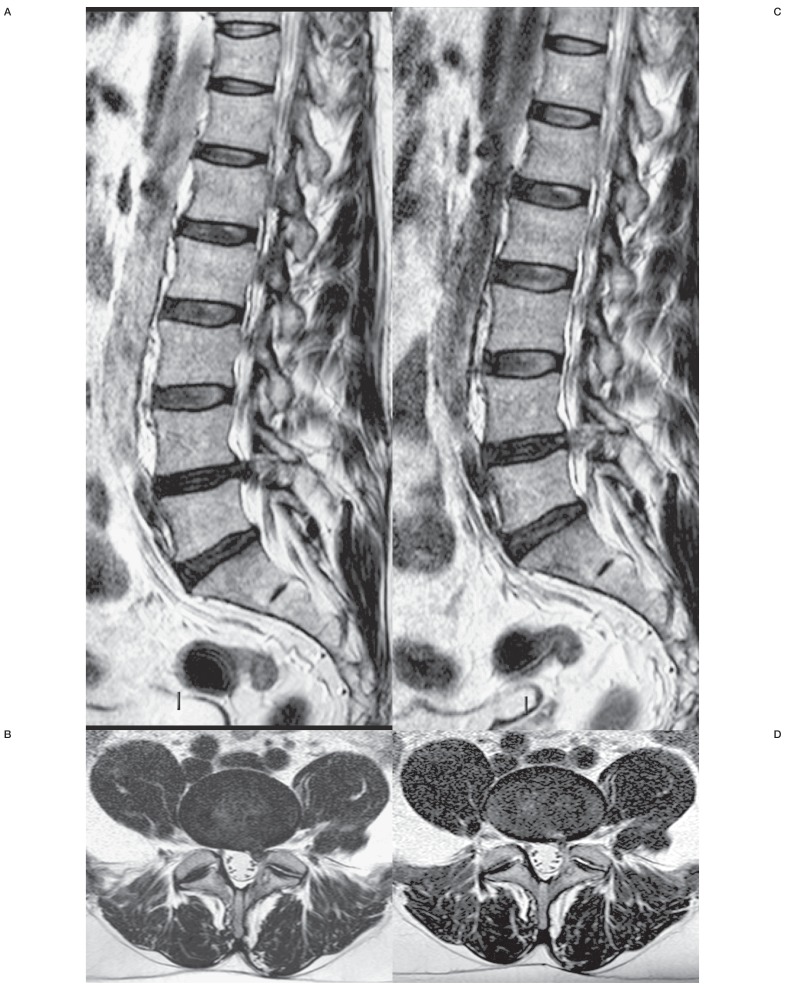(1) The usefulness of ozone treatment in spinal pain
The integration of ozone therapy before surgical intervention for spinal pain has been comprehensively researched during the last two decades to elucidate the usefulness of this alternative, medical approach. Low back pain, defined as pain with or without functional limitation in the lumbar spine, affects around 80{e43154ce913794517af217fcab284b44cfe906ba9a1c4ba2ecde5a9be0395ec5} of the population at least once in a lifetime, with a prevalence of 38.9{e43154ce913794517af217fcab284b44cfe906ba9a1c4ba2ecde5a9be0395ec5} in any one year (5). It is one of the leading causes of GP visits and loss of working days, with a major economic and social impact on public health (6). Those are the facts and luckily, in many cases, conventional and complimentary physical therapies can solve the problem.
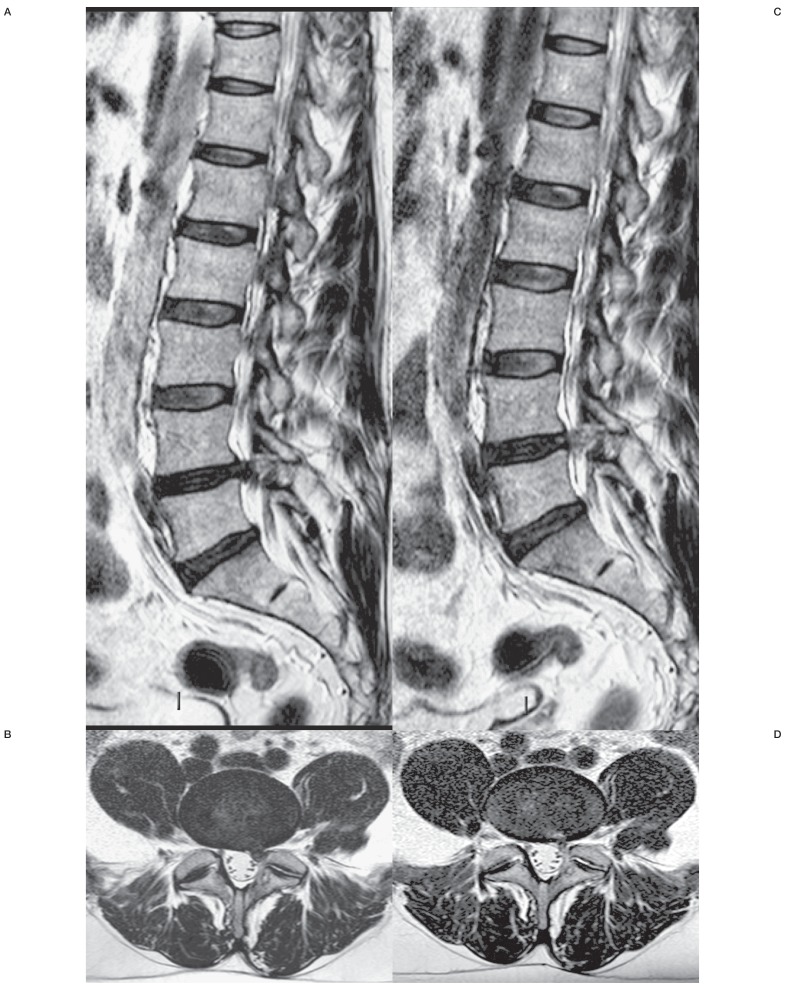
Conditions
The usual therapies in musculoskeletal diseases do not incur a “cure” of the disease and are often characterised by side effects. As a result, patients feel more inclined to try alternative and complimentary therapies. Dr Alexander Balkani in Zurich was likely the first to inject small volumes of ozone into patients affected by tendinitis and myofascial pain. (2) After him, a few ozone therapists treated acute and chronic poly arthritis, acute and chronic painful diseases of the joints, and Morton’s disease (neuroma) with intra-articular or periarticular insufflation of small (5-10mL) of an ozone gaseous mixture: O2–O3.
Outcomes
Theoretically, such treatments seem irrational because the injection of a potent oxidant (3) like ozone into the synovial fluid space could elicit further inflammatory reactions or degeneration. However, by now, a great number of patients have been treated, with positive global outcomes.
Approaches to spinal treatment
- Direct approach
- Indirect approach
The approach of infiltrating trigger points in myalgias with oxygen ozone to achieve pain relief was proposed by private ozone therapist Verga. “Such a technique injects ozone gas into the tender points localisable in the paravertebral muscle corresponding to the metamer of the herniated disc.” (7) (1) This approach can be defined either as an “indirect approach” or “chemical acupuncture”, thus clarifying that the beneficial results are obtained via ozone as a chemical reactant by needle insertion (8). More recently, another indirect variable has been introduced through the epidural injection of ozone by anaesthesiologists in correspondence to the lesion in the lumbar region. Additionally, intradiscal injection of oxygen-ozone would be nucleolytic and beneficial; this technique can be defined as the “direct intradiscal injection of ozone”. In summary, the use of ozone to treat back pain is worth trying before surgical intervention. Furthermore, its affluence in Italy, Spain, Germany, Greece, Canada, Cuba, the People’s Republic of China, Japan and India is a direct show of its positive integration in therapy.
Direct approach
The action of ozone in the direct approach can be summarised as a mechanism which follows ozone dissolving in the interstitial water and immediately reacting with the bio molecules therein. A summarised biochemical explanation is offered below:
It is carried out by needle insertion followed by direct insufflation of the oxygen-ozone gas mixture.
“A cascade of ROS (reactive oxygen species), among which are H2O2 and hydroxyl radicals, will be generated.39–41 ROS, reacting with the proteoglycans of nucleus pulposus, lead to their breakdown, resulting in matrix degeneration with progressive shrinkage and disappearance of the herniated material.42–46 Such a reduction of the mechanical irritation lowers the sensitivity of axons. On the other hand, algesic endogenous substances released during perineural ischemia or neural inflammation present in the spinal ganglion and neural roots can also stimulate nociceptors. So, mechanical awkwardness of neural elements by definable structural abnormalities is inadequate as a sole explanation for nerve injury.47,48″
– https://www.ncbi.nlm.nih.gov/pmc/articles/PMC4440430/#b5-dddt-9-2677
Indirect approach
This technique consists of one or several injections of 5-10mL oxygen-ozone gas per site. It has been defined as chemical acupuncture because both the needle and gas injection have a role in eliciting a complex series of chemical and neurological reactions leading to the disappearance of pain in the majority (70-80{e43154ce913794517af217fcab284b44cfe906ba9a1c4ba2ecde5a9be0395ec5}) of patients with lower back pain. In fact, gas injections appear to be very effective in alleviating osteoarthritis and several other joint-tendinitis (9). Risks are cited as follows: “It has been clearly established that the ozone concentration must be neither below 18–20 μg/mL, nor higher than 25 μg/mL. If it is too low, it is hardly effective, but higher than 20 μg/mL can be too painful, especially during the initial treatments, and may even cause lipothymia and a risky vasovagal reflex. On the other hand, it has been observed that, after five to seven treatments, the pain threshold rises and therefore the ozone concentration can be carefully increased, but not exceeding the limit of 30 μg/mL. ” (8). It appears that the stimulation of nociceptors- a tolerable and transitory pain- is an essential requirement for achieving the final therapeutic effect.
“The patient’s reactivity can be preliminarily tested with an injection of sterile saline into the trigger points corresponding to the metamers of the herniated disk, followed by ozone injection at low concentration (10 μg/mL). The injection must be done very slowly using 35 mm needles varying from G22 to G25 according to the patient’s obesity. Usually, two symmetrical injections (total dose 10–20 mL gas with at most 200–400 μg ozone) repeated twice per week for about 5–6 weeks (ten to 12 sessions) are sufficient; if not, the patient should be classified as unresponsive to this approach. However, this point is divisive because some ozone therapists continue treatments for up to 30 sessions. Obviously, it is important to have precise guidelines and rules to be followed. In fact, an excessive dose of ozone may even lead to death because of complex neurovegetative disorders.
Thus, by acting carefully, serious adverse effects, such as sudden hypotension, bradycardia, mydriasis, intense perspiration, and cardiac arrest can be avoided.”
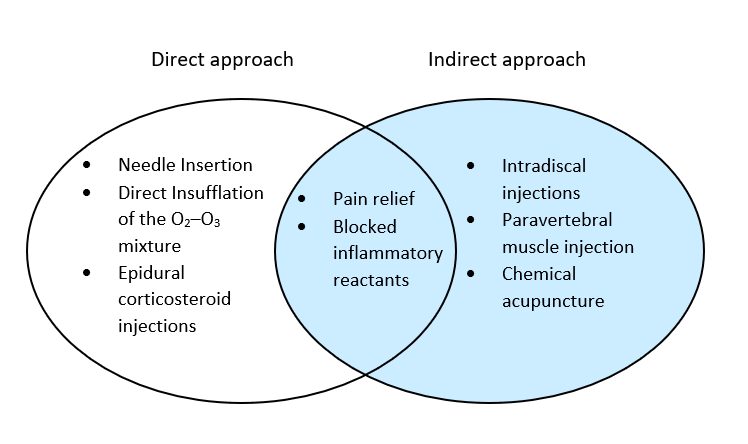
The use of ozone gas in orthopaedic diseases has become increasingly favourable and more gratifying than surgical procedures. Objective results present a strong possibility for counting ozone therapy as a method of choice for treating spinal herniation.
Sources
-
( Image 1): Oxygen-Ozone Therapy for Herniated Lumbar Disc in Patients with Subacute Partial Motor Weakness Due to Nerve Root Compression (nih.gov) Figure 5.
-
-
(2) Balkanyi A. The interaction between ozone therapy and oxygen radicals and their importance in practice; Proceedings of the Ninth Ozone World Congress; New York, NY. June 3–9, 1989; International Ozone Association Pan American Committee; pp. 22–27. Ozone in medicine. [Google Scholar]
-
(3) Figure 1, Ozone immediately reacts as soon as it is dissolved in biological water (physiological saline, plasma, lymph, urine, interstitial fluid), where atomic oxygen behaves as a very reactive species. (1)
-
(4) Herniated lumbar disc due to nerve root compression- https://www.ncbi.nlm.nih.gov/pmc/articles/PMC4243224/
-
(5) De Oliveira Magalhaes F, Dotta L, Sasse A, et al. Ozone therapy as a treatment for low back pain secondary to herniated disc: a systematic review and meta-analysis of randomized controlled trials. Pain Physician. 2012;15:E115–129. [PubMed] [Google Scholar]
-
(6) Siemsen CH. Ozon-Anwendung bei akuten und chronischen Gelenker-krankungen [Ozone use in acute and chronic joint diseases] In: Beck EG, Viebahn-Hänsler R, editors. Ozon-Handbuch: Grundlagen, Prävention, Therapie [Ozone handbook: basics, prevention, therapy] Landsberg: Ecomed; 1995. pp. V-9.2.1–V-9.2.14. German. [Google Scholar]
-
(7) Bocci V. Oxygen-Ozone Therapy: A Critical Evaluation. Dordrecht: Kluwer Academic; 2002. [Google Scholar]
-
(8) Torri G, Della Grazia A, Casadei C. Clinical experience in the treatment of lumbar disk disease, with a cycle of lumbar muscle injections of an oxygen + ozone mixture. Int J Med Biol Environ. 1999;27:177–183. [Google Scholar]
-
(9) Guo DW, Zhang XY. Study on treatment for knee osteoarthritis by medical ozone. Gansu Medical Journal. :2010–01. [Google Scholar]
